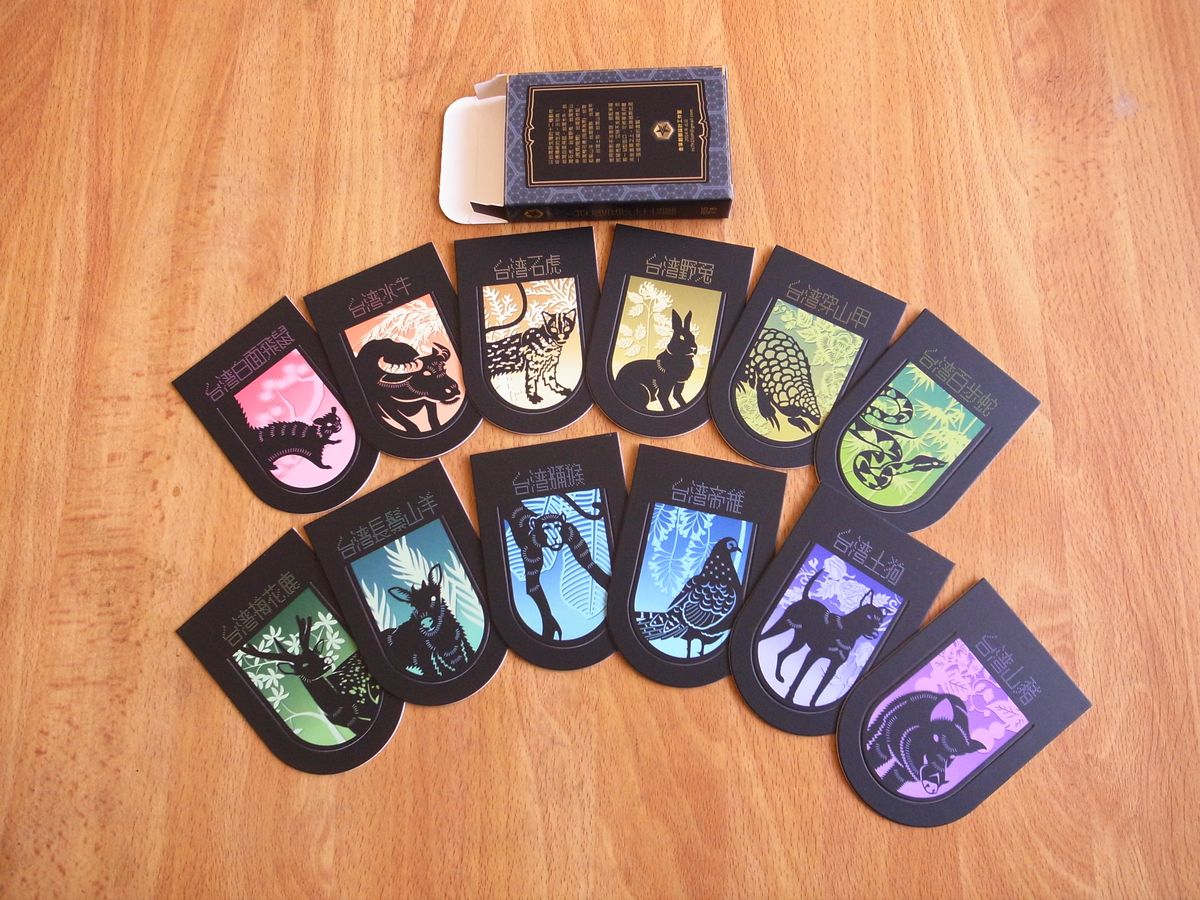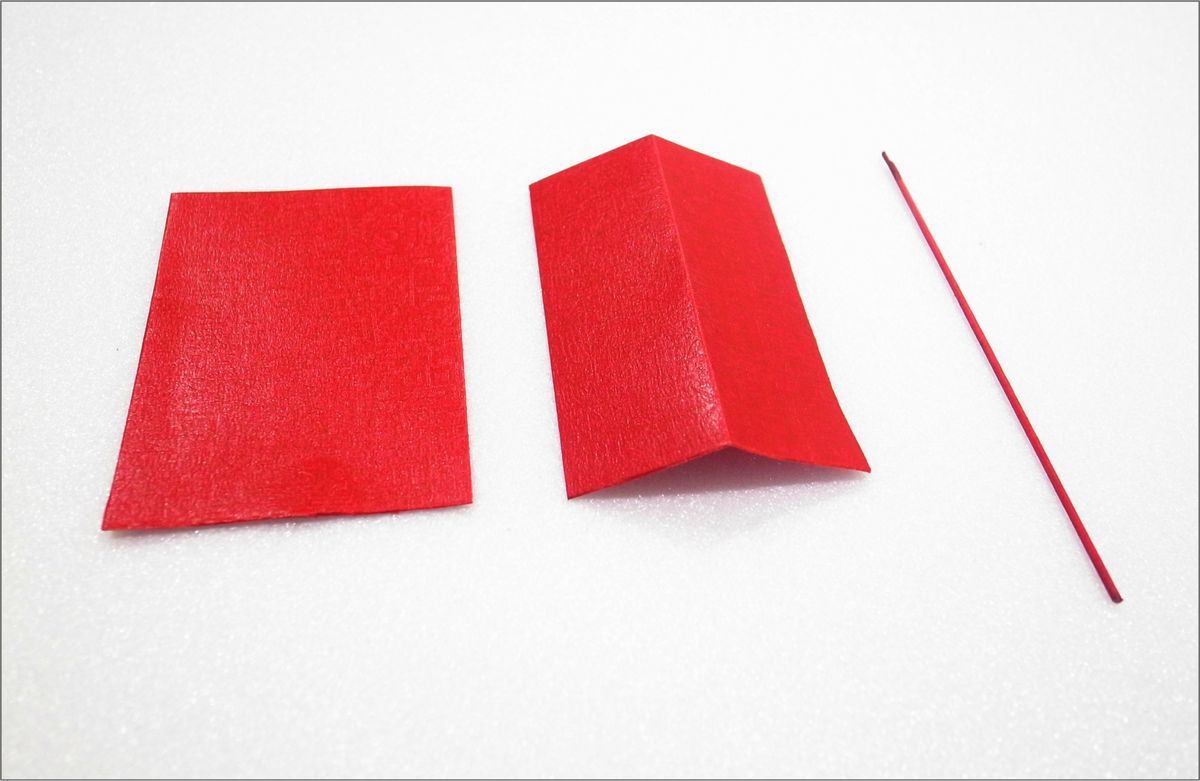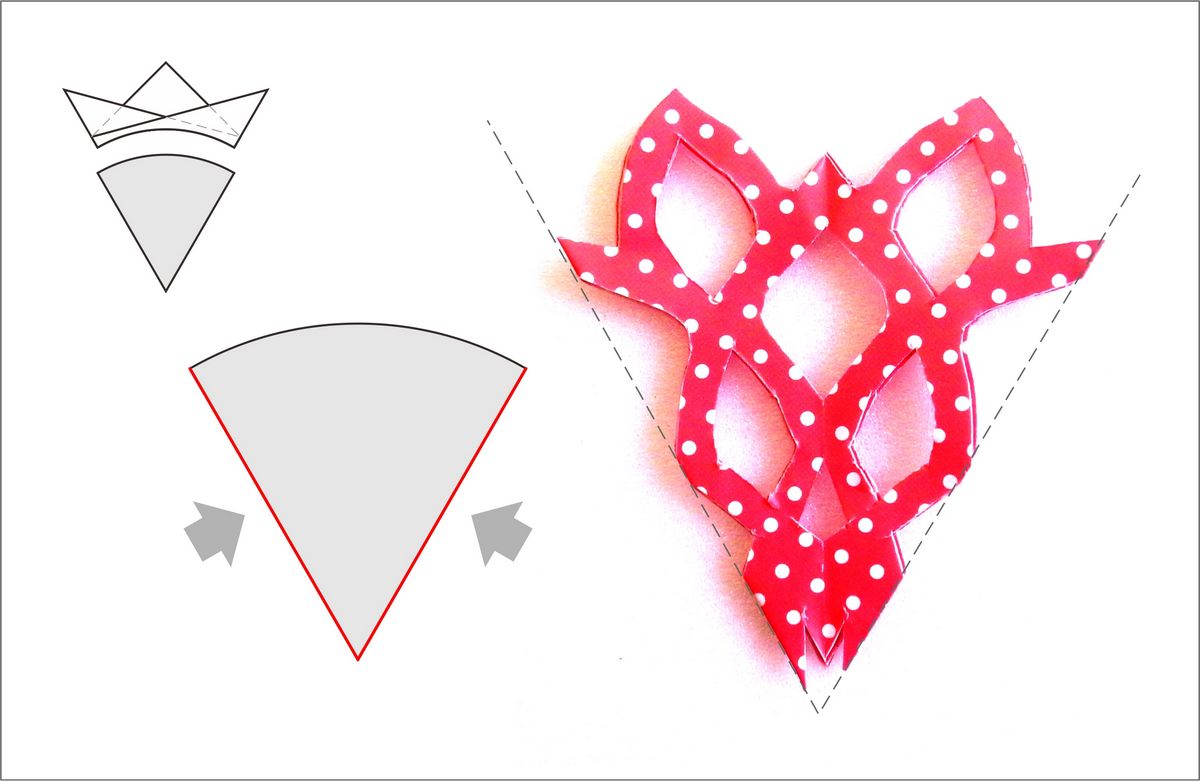
Picture 1: Marquis title Conferred (Meteoric Career / Galloping Horse Treading on a Flying Swallow / Fortune for Official Posts) The monkey figure represents “Marquis” because‚ in Chinese‚ “marquis” is identical in pronunciation to “monkey.” Created by Li Geng-chun‚ 2016
Paper-cut art has a long-standing‚ well-established history in Chinese culture. Originated during the Six Dynasties (220-589 A.D.)‚ paper-cut art lives through today. It can be found in a poem from Tang Dynasty (618-907 A.D.) describing that paper-cut art was originated from a custom in Six Dynasties in which people cut pieces of gold foil into artistic patterns and gave them to each other as gifts on January 7th. During that time‚ the paper-cut patterns imitating flowers and plants were called “Hua Sheng” (literally “flower-shaped ornament”); patterns imitating human figures were called “Ren Sheng” (human-shaped ornament); and patterns in geometric shapes were called “Fang Sheng” (geometric ornament). It is also found in books recording an etiquette protocol in which the King bestowed paper-cut art upon his ministers at the beginning of spring (first solar term in the Chinese lunar calendar). It is obvious that‚ during beginning of spring‚ paper-cut art had been a well established custom from royal family to common people.
H. C. Andersen‚ the fairytale master‚ was also a passionate paper-cut artist. He once wrote in a letter to his intimate friend‚ Madam Melchior: “Paper-cut is the beginning of poem and article creation.” Not only is the paper-cut poetic itself‚ it also hides various symbols within its patterns waiting for us to comprehend. Traditional Chinese paper-cut art exhibits fine skill in combining multiple objects into a symbol of ideals with approaches like “figures delivering pronunciation of text‚” “figures delivering impression” and “figures created from impressions.” These paper-cut pieces usually bear the wishes for blessings‚ protection against evil spirits‚ removal of ill fortune‚ solution to bad luck‚ etc. The eager for ample food and clothing as well as the hope for growing family‚ longevity and health could be shown also in paper-cut patterns‚ hence the lasting spread of paper-cut art. Modern life is more convenient and prosperous than ancient times‚ however‚ we still share the emotions and wishes for growing family‚ safety and health for our loved ones.
Except from interpretation of ancient patterns‚ contemporary paper-cut artists are able to apply current words and local features into pattern design‚ even the addition of new legends‚ news‚ tale characters‚ plants and animals‚ i.e. owls symbolizing wisdom and foreknowledge for Thao people‚ flying fish that is important to daily lives of Tao people – both are groups of Taiwan aboriginals - roses for love‚ day lily or carnation for mothers‚ and so on‚ or even figure of local‚ native animal species in Taiwan for interpretation of Chinese Zodiac symbols (Pic. 2)
These creations are intimate to our life with inspiration from our land. With patterns collecting stories along with comprehension of knowledge form different aspects‚ the passion and concern to life and surroundings are thereby revealed.
 Picture 2: Taiwan Original: Chinese Zodiac Bookmark Series Picture 2: Taiwan Original: Chinese Zodiac Bookmark Series Introduced below are two paper-cut tutorials especially practical during lunar new year. First one is “Beng Cun Hue” (food and spring flower). Original meaning of its name came from the same pronunciation of the words for “spring” and “surplus” in Hokkien dialect‚ providing the wish for “surplus food over another year..” This customary paper cutting is mostly done at “farewell to old year.” In his the book Old Customs and Beliefs in Taiwan‚ Seiichiro Suzuki wrote: “In the afternoon on lunar new year’s eve‚ a ‘farewell to old year’ is to be held. Three or five sacrifice cattle are to be served at ancestral shrine or ancestral hall in the house along with sweet rice cake‚ fermented rice cake‚ etc. while incense and gold paper are to be burnt‚ then a worship ritual with three kowtows and nine prostrations is to be given. On this occasion ‘spring meal’ shall be presented at the shrine. ‘Spring meal” means small bowls of rice with red paper flower decorated on the top. Three bowls shall be presented in front of Gods and Buddhas‚ and‚ in front of kitchen god‚ one bowl. The decoration paper flower is named “Cun-a Hue” (cute spring flower) or “Beng Cun Hue”‚ while such meals are also known as “New Year Meals.” With the pronunciation of “spring meals” identical to “surplus meals” in Hokkien dialect‚ it implies that there will be always food remaining no matter how many meals are served throughout the coming year‚ hence the name for good luck.”
Materials preparation: Pieces of art paper in red; starch paste (or white glue or double-sided tape – not suggested because the piece will be incinerated after the ritual); bamboo stick (or incense stick)
How to make a piece of paper-cut:
1. Estimate the size of finished Beng Cun Hue and cut the piece of red art paper into proper dimensions.

2. Fold the paper in half and cut at will‚ create a pattern of Beng Cun Hue in which blossoms‚ Chinese character of “Chun” (spring)‚ coins and other elements are often included.

3. Unfold the paper when finished cutting. Paste the bamboo stick (or incense stick) onto fold mark. Detailed decorations with golden pigments or paper can be added.

Second one is “Tuan Hua” (rounded blossom). As in a poem by Mumon Ekai Zen Master‚ “Blossoms in spring to moon rise in autumn‚ cool breeze in summer to snow flakes in winter.” Spring is a fresh start for everything. Make your own blossom to cheer up and appreciate the abundance‚ health and happiness in the challenging new year.
Materials preparation: Pieces of beautifully colored paper or Xuan paper; thin‚ non-flint coated paper is suggested.
The technique is to apply three folding and divide the circular pattern into six equal pieces. Below are the how-tos:
1. Fold the square colored paper twice diagonally; create two crease marks by folding paper using stencil.
How to use the stencil: Place it with two angles at the bottom and one angle facing upwards‚ with one right angle pointing at another right angle.

2. Unfold it and fold it into the shape of a crepe box‚ cut off non-overlapped upper part.

3. Create your art using scissors. Keep in mind that DO NOT cut off both folded axial sides‚ otherwise it will break into six pieces.

4. The more you hollow out the paper‚ the more beautiful the final work can be. It is suggested that you start from simple hollow patterns and advance yourself to more complex curve lines.

|